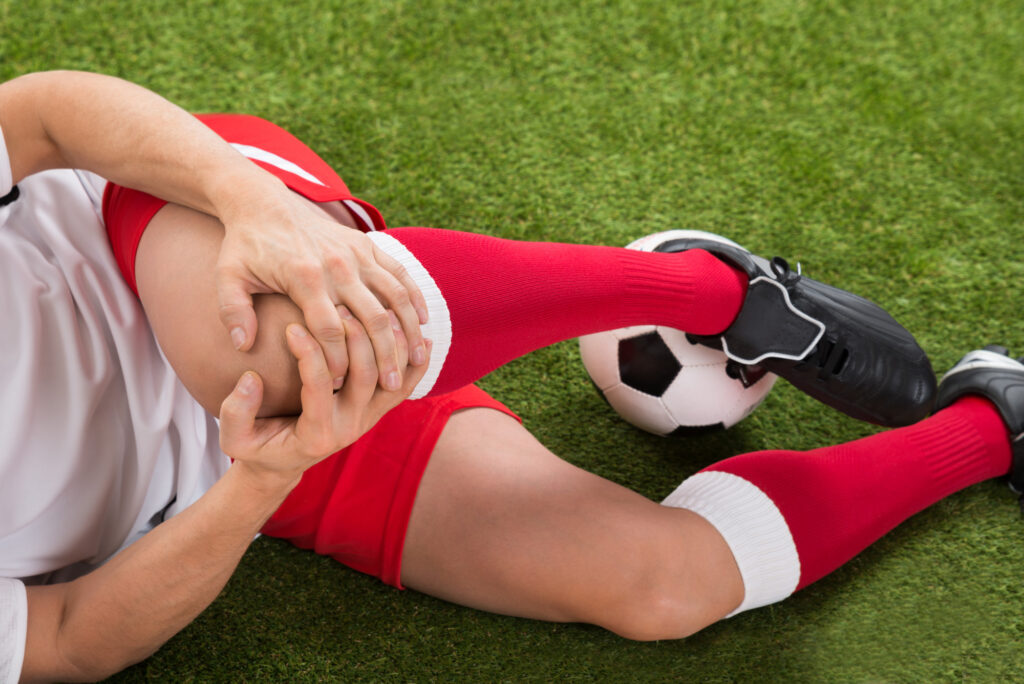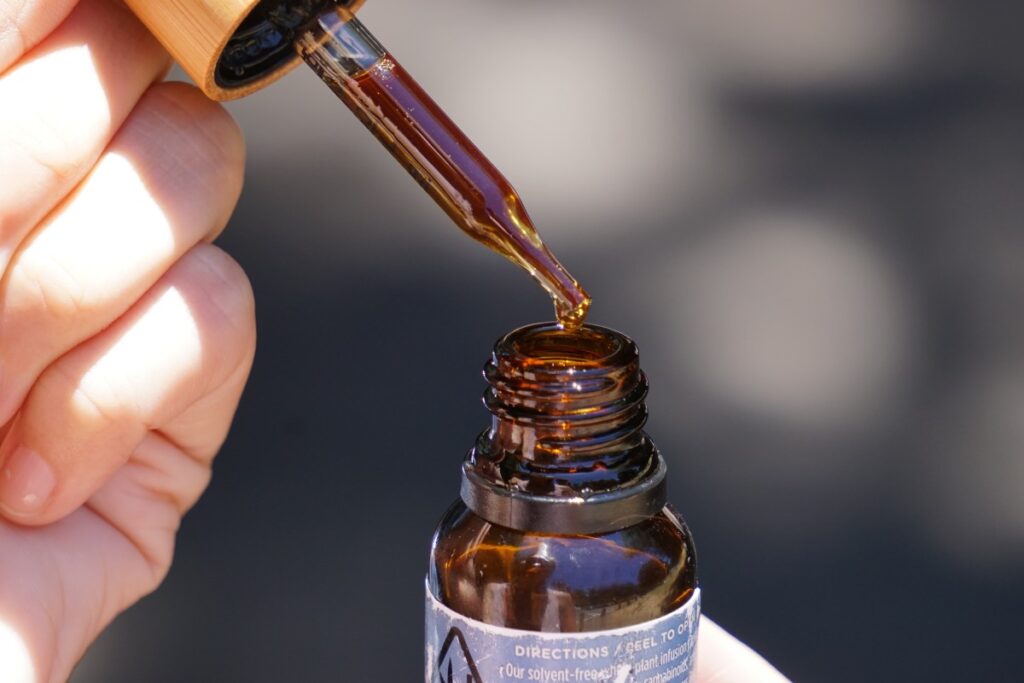Many people are surprisingly worried about the color of the bottom of their feet. Apparently, people are curious about why the bottom of their feet is yellow. The fact is that the yellow color may be caused by pathological situations and can be rather benign.
At the same time, the bottom of the feet is the part of a human body that is often overlooked. People usually don’t check the bottom of their feet, although it could tell them if they have some health issues or not. Much like your nails or eye, the bottom of your feet could tell you what is happening inside your body.
So the color of the bottom of your feet changes frequently depending on the root cause. If you see yellow color on the bottom of your feet, don’t be alarmed. There is no reason to be panic. Because this color isn’t always a bad thing. Typically, the yellow color shows up due to your diet. For example, an excess of carotenes in the diet could change the color of the bottom of your feet to yellow. This is because carotenes are pigments that can be found in many types of foods, such as carrots. Let’s learn more about why the bottom of your feet could change to yellow.
Why is the bottom of my feet yellow?
Some conditions that you should be aware of that are related to this color are carotenoderma, carotenemia, xanthoderma, and hypercarotenemia. All these conditions could turn the color of the bottom of your feet to yellow, or even red. Some serious conditions that might be present are liver disease, thyroid disorders, and diabetes.
But like I said before, please don’t panic yet. Because, you might just have hypercarotenemia, which is an excess of carotenoids in the body. Think about your diet, do you eat a lot of vegetables and fruits every day? Then you might have an excess of carotenoids, so you don’t have to worry at all. This also means that the yellow color on the bottom of your feet is just purely aesthetic. Of course, you could try eating vegetables and fruits less if you care so much about it.
Other causes that make the bottom of your feet turn yellow
One most common condition that can make the bottom of your feet yellow is jaundice. Jaundice is a condition that makes the skin, whites of the eyes, and mucous membranes turn yellow. This happens because of a high level of bilirubin, a yellow-orange bile pigment. If you are diagnosed with jaundice, then you might have some diseases like tumors, gallstones, and hepatitis. But for adults, jaundice usually isn’t serious and doesn’t need to be treated, so you can rest easy.
That said, when it happens to a baby, for example, then you should consult it with a pediatrician. The earlier, the better because the complications and causes of jaundice can be treated if you are quick. Jaundice may cause itch too, so your baby will not be feeling comfortable at all.
Some symptoms of jaundice are fever, chills, flu, change in skin color, and dark-colored urine. If you see some bruises on the skin, it might be a sign of jaundice too.
A less common cause is certain poisons like trinitrotoluene. This poison is commonly used in the industrial field, so unless you’re working in an environment that uses it, I don’t think you should worry at all. But if you do, you should be aware of it. Trinitrotoluene may also cause hypothyroidism and diabetes mellitus that could turn the color of the bottom of your feet yellow.
Treatment
The treatment varies depending on the real cause. As you already know by now, there are several causes of this condition – some serious and some are not. If you are worried or are sure that the root cause is serious, please go to a doctor immediately. Other than that, you can always try to clean your feet and keep them dry and clean. Staying away from alcohol could help a lot as well. And of course, you can also improve your diet.
Conclusion
The yellow color on the bottom of your feet may be something serious or not serious at all. In most cases, you don’t need to worry at all, as the root cause may be something benign. Or perhaps, you are an adult, and the condition will go away on its own. If not, you can always consult with your physician to find the best solution.





Leave a Reply
You must be logged in to post a comment.